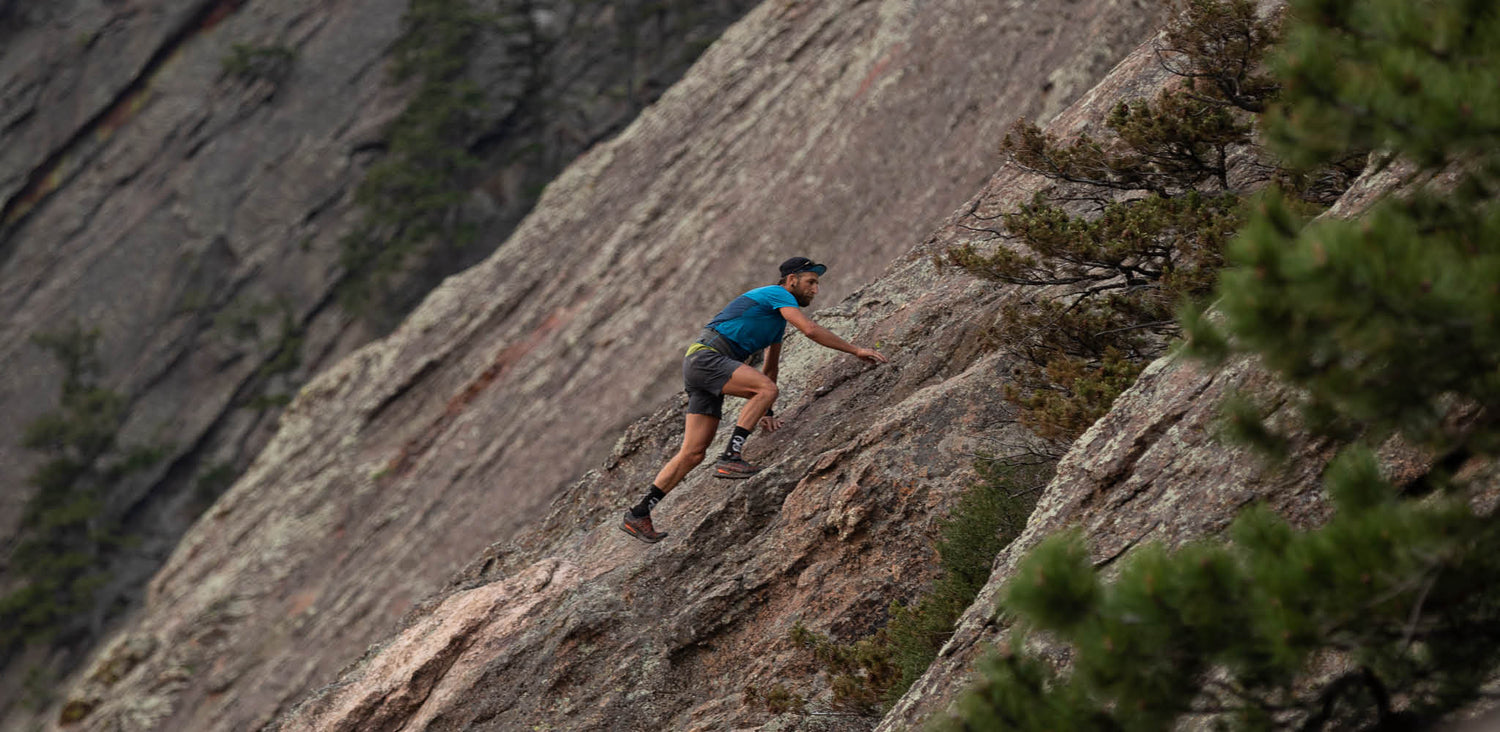Anton Krupicka is a celebrated ultra-runner known for his intense training schedule and simplistic approach to running. Beginning his running journey at age 11 in Nebraska, he ran his first marathon at 12 and continued to cultivate his passion for trail running. After moving to Colorado Springs for college, he flourished in the mountains, winning prestigious races like the Leadville 100 in 2006 and 2007, the Miwok 100K, and setting course records in the Estes Park Marathon and High Mountain 50K. He also placed second in the 2010 Western States Endurance Run with a near-record time. Despite a significant injury in 2011, Krupicka transitioned into a versatile athlete, engaging in climbing, cycling, and skiing alongside running.
Anton's approach to nutrition mirrors his running philosophy: simplicity and effectiveness. Delve into his dietary habits and philosophies in this insightful Q&A.
Q: Please write a few overview lines about your diet; What’s your philosophy? Do you follow a particular one? Source of inspirations?
Anton: When I was younger, I could never be bothered to put a ton of thought into this. But as I’ve gotten older that’s not a luxury that I have anymore to stay at my best. So I just try to keep it simple. Don’t eat too much sugar, make sure to get a big salad every day. Prioritize protein, usually in the form of legumes and nuts. I eat plenty of carbs, but I try not to let it be the overwhelming source of my calories. I’m not always successful.Q: What do you eat and/or drink upon waking up?
Anton: Water. Coffee. A couple little sugary cookie things to complement the caffeine.Q: What do you have for breakfast most days?
Anton: Breakfast is almost always HOLOS. It’s quick, convenient and filling. I prefer the Cocoa and Berry flavors. If I want something a little more hearty, I’ll add some almond butter. I usually prepare the night before with almond or coconut milk, but in a pinch I’ve found that just water works fine, too.Q: Do you have snacks/beverages in between breakfast and lunch? Especially if you go training?
Anton: Usually not. It all depends on what I’m doing. If I’m running, I’ll usually wait and eat breakfast after. If I’m climbing or riding my bike, I’ll eat HOLOS before and then lunch after.
Q: What do you have for lunch?
It varies. If I’m out on the bike, I’ll grab a burrito or sandwich somewhere. At home, maybe eggs and mushrooms on a tortilla, some fruit—cantaloupe, watermelon—in the summertime, a handful of cashews.
Q: Do you have snacks/beverages in between lunch and dinner?
Anton: Again, nuts and dried fruit—mangoes, figs, raisins—are common. Maybe celery with peanut butter. Potato chips if my discipline is weak and I’ve just returned from a long bike ride.
Q: What do you have for dinner?
Anton: Always a big salad of greens, cucumbers, bell peppers, avocado, sunflower seeds, radishes, dressed with oil and vinegar. Not some little dainty side dish thing. We use a giant bowl and share it. The main dish varies. In the winter, we slow-cook a lot of beans and lentils. Have that over rice, often with some tofu—my partner, Hailey, is vegetarian. We make some pasta probably weekly. Grains like barley and farro are common. Fish.
Q: What do you have post-dinner?
Anton: Sleep.
Q: Anything you’d like to add in regards to your diet that you’d like your audience and ours to know about you?
Anton: Like I said above, if it’s not simple, I’m not going to stick to it. I’m not a foodie, unfortunately. If you’re disappointed in your diet, just know that no one is perfect all the time. Just try your best...
In conclusion, Anton Krupicka's dietary approach is a testament to his philosophy of simplicity and effectiveness. His journey from a young tultra-marathoner to a diverse mountain athlete reflects in his pragmatic nutrition, emphasizing balance and practicality. Anton's insights offer a relatable, down-to-earth perspective on fueling for both athletic and everyday life.
Thank you Anton!



